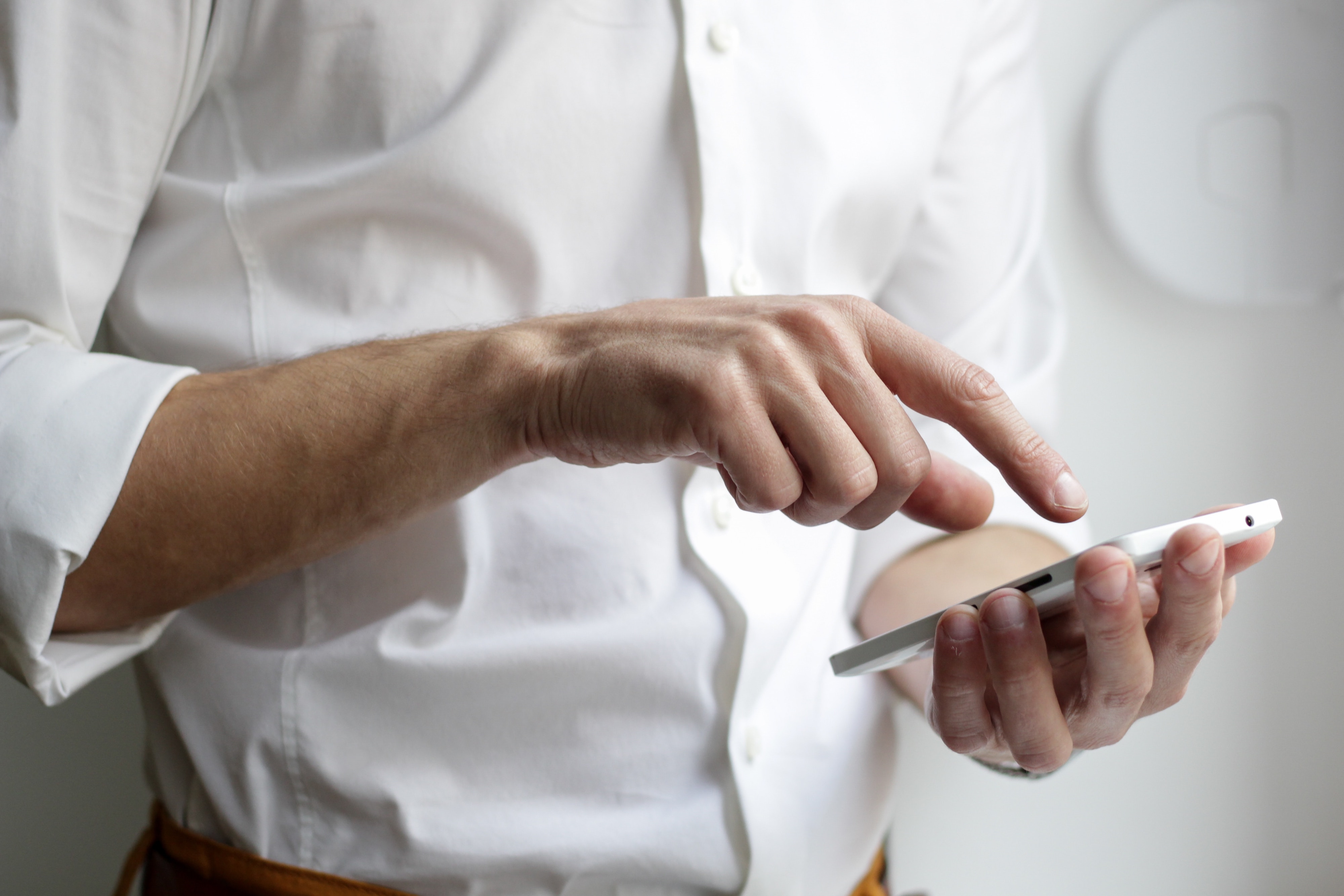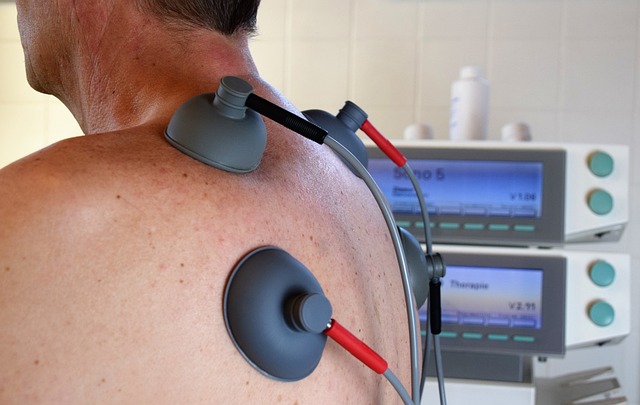Could blockchain offer the boost telemedicine needs to reach its potential? Over the past several decades, digitally-facilitated medicine has made significant inroads into mainstream medicine, expanding access to care, improving health outcomes, and lowering costs for patients and providers alike — and yet, adoption is far lower than it should be. According to one study conducted by HIMSS Analytics, the percentage of providers who offer telemedicine solutions hovers at just 71%. Similarly, a 2018 Kaiser Family Foundation (KFF) report found the adoption rate for payers to be even less, with only 67% of surveyed employers reporting telemedicine coverage in their largest-enrollment health plans.
The health sector’s enthusiasm for digitally-facilitated health solutions is at an unmistakable ebb — but why? There are several reasons; providers face regulatory barriers, unclear reimbursement schemes, legal uncertainties, and, perhaps most significantly, privacy concerns.
The Security Risks of Telemedicine
In an era where hacks are well-publicized and relatively common, provider concerns about privacy risks are as understandable as they are widespread. One survey from Deloitte reported that a third of polled physicians cited concerns over the security and privacy of patient information as the primary reasons preventing them from bringing telemedicine into their daily practice.
Moreover, even if providers do overcome their concerns and integrate telemedicine, facilitating digital care can be both difficult and costly, given the complications inherent to providing HIPAA-compliant and privacy-protected telehealth services. While HIPAA provides definitions for what constitutes a secure line of communication between doctors and patients, bad actors can exploit vulnerabilities outside of conventional transmissions and digitally-facilitated conversations.
Consider the case of a senior who uses an IoT-powered device to call for help in the event of a fall. The sensors the tool uses are ostensibly meant to detect potential safety risks or medical emergencies. However, they could also inadvertently transmit sensitive information about her daily routine that malicious players could take advantage of, such as when her house is empty. In another less-pressing but still worrisome example, routine data transmissions from apps or common medical devices such as insulin pumps could provide users’ information to third-party advertisers without explicit permission.
As one researcher sums up in an article for the American Medical Association’s Journal of Ethics, “Health care systems that combine patient-reported information and objective data from telehealth devices and sensors can be used to create patient-centered, personalized health interventions. Although these new technologies promise to improve the quality of care, reduce costs, and increase patient satisfaction, they raise a number of ethical issues.”
Blockchain, however, may just resolve those issues.
Blockchain: A Secure Lock on Medical Data?
While blockchain cannot patch all of the vulnerabilities associated with digitally-facilitated care, it has the potential to alleviate some of the privacy concerns that currently prevent providers from wholly adopting telemedicine. With a blockchain-secured system, new information must be approved by both a patient and their doctor, then checked against a previous ledger. No single person has control over the data; instead, each authorized user can secure a personal copy of the shared record. The increased security gives providers greater peace of mind and allows them to have more confidence in their digitally-facilitated health protocols.
Moreover, blockchain’s potential extends beyond simply securing data. A few researchers at the University of Manchester’s Academic Health Science Centre believe that, given time, blockchain could provide patients the means to better understand their health and manage their care through the use of Personal Health Records.
As the scientists wrote in an article for Frontiers in Medicine earlier this year, “Personal Health Records (PHRs) have the potential to give patients fine-grained, personalized and secure access to their own medical data and to enable self-management of care […] Ledger of Me is based on around the principle that this combination of event-driven smart contracts, medical record data, and patient control is important for the adoption of blockchain-based solutions for the PHR.”
The researchers further explain that they intend their blockchain-supported framework to not only give patients more control over their data and care but also to “provide a strong consent mechanism for sharing of data between different organizations and apps.”
Given that data-sharing across systems is notoriously difficult in healthcare, such a flexible, communicative approach could be invaluable. When integrated into telemedicine, blockchain has the potential to both provide needed security and reassurance to breach-aware care providers, as well as allow for more productive data-sharing between a patient’s doctors and medical apps.
Blockchain is a clear — if preliminary — solution to the problems telemedicine currently faces. Widespread integration of the technology can stimulate faith in and adoption of telemedicine, bringing cost-saving and care-quality benefits to providers and patients alike.







